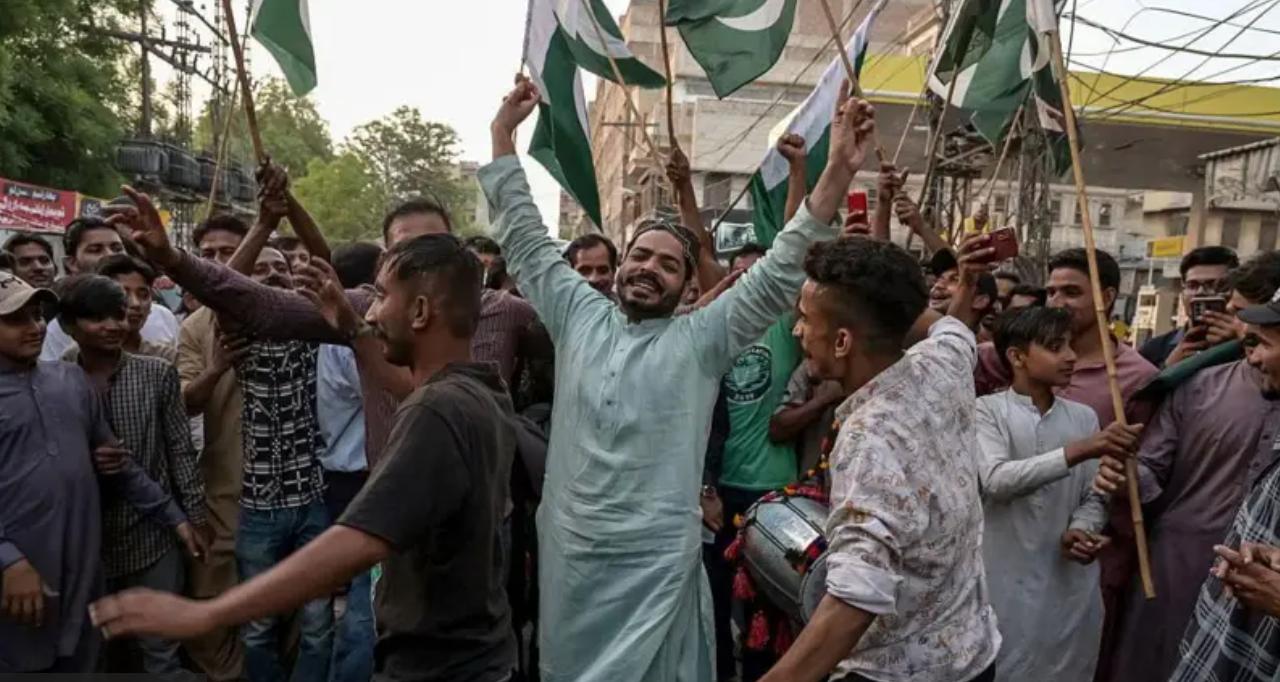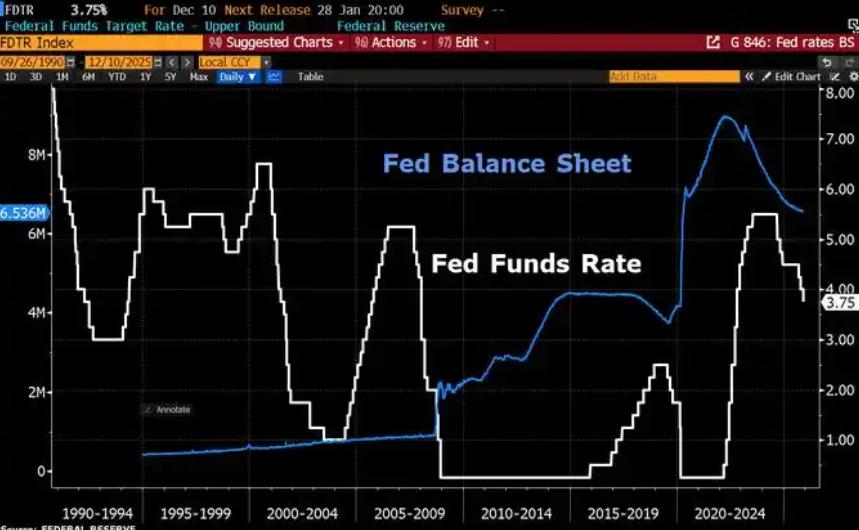
Recently, India and Pakistan announced a ceasefire after several days of intense conflict. This decision has been regarded by the international community as a "key turning point" in the tense situation on the South Asian subcontinent. However, from the perspective of historical experience and current contradictions, whether the ceasefire agreement can truly alleviate the structural contradictions between India and Pakistan still needs to be examined from multiple dimensions.
First, the "tactical compromise" of the ceasefire agreement
The conclusion of this ceasefire agreement, on the surface, is a common choice made by both countries under military pressure and international mediation, but it actually implies multiple strategic considerations.
1. A stopgap measure under economic pressure: Both India and Pakistan are facing severe economic difficulties. India's economic growth has slowed down, and the Modi government needs to deal with domestic political restructuring and the constraints of the border issue with China; Pakistan is deeply mired in foreign exchange shortages and inflation crises, and the cooling of border conflicts will help it to seek international aid. Both sides are aware that continued conflict will further deplete their already strained financial resources.
2. The "window effect" of international mediation: The intervention of international powers such as the United States and China has provided an opportunity for the ceasefire. The Trump administration has loudly claimed success in mediation, attempting to reshape its strategic layout in South Asia; China has indirectly promoted dialogue between the two sides through the stable demand of the China-Pakistan Economic Corridor. However, external intervention often fails to touch the core of the contradiction. Historically, many ceasefire agreements have broken down due to the lack of a mutual trust mechanism.
3. "Rational restraint" under nuclear deterrence: Both India and Pakistan possess nuclear weapons, and the cost of a full-scale war is unbearable. During this conflict, Pakistan shot down an Indian Rafale fighter jet and destroyed an S-400 air defense system, further reinforcing both sides' respect for the "nuclear red line". Although nuclear deterrence can prevent a full-scale conflict, it cannot resolve territorial disputes and ethnic contradictions.
II. The Intractability of Structural Contradictions
Although ceasefire agreements can temporarily quell the fighting, the deep-seated contradictions between India and Pakistan still threaten regional stability like a time bomb.
1. The Kashmir Issue: A Historical Powder Keg: Since the partition of India and Pakistan in 1947, the ownership of Kashmir has remained the core contradiction in their relations. India controls two-thirds of the land and three-quarters of the population in Kashmir, but Pakistan has continuously exerted pressure by supporting cross-border armed groups. The recent terrorist attack in Indian-controlled Kashmir that triggered this conflict is the latest manifestation of this contradiction.
2. Religion and Nationalism: Emotional "Inertia of Confrontation": India is predominantly Hindu, while Pakistan is an Islamic state. Religious differences and the ethnic conflicts left over from colonial history make it difficult for both sides to compromise on the Kashmir issue. Domestic nationalist forces in India push for a tough policy towards Pakistan, while the Pakistani military and elected government also have competing interests on border issues.
3. Water Disputes: A "Zero-sum Game" for Survival: India and Pakistan share the Indus River and its tributaries, but there have long been disputes over water allocation. India's construction of hydropower stations is seen by Pakistan as "ecological aggression", while Pakistan accuses India of violating the Indus Waters Treaty. This dispute directly affects the agriculture and livelihoods of both countries, further intensifying the confrontational mood.
III. "Three Possible Paths" for the Future of the Situation
Based on historical experience and current contradictions, the future direction of India-Pakistan relations may present the following three paths:
1. "Limited Peace" Model: Both sides maintain the ceasefire agreement and engage in low-intensity dialogue through diplomatic channels, but the Kashmir issue remains deadlocked. Similar to the 2003 ceasefire agreement, although it maintained relative calm for over a decade, border skirmishes still occurred frequently.
2. "Escalation of Conflict" Model: If a major border incident or cross-border terrorist attack occurs, both sides may re-engage in military confrontation.
3. "Breakthrough Negotiation" Model: Under the mediation of the international community, both sides conduct substantive negotiations on the Kashmir issue and establish a regular crisis communication mechanism. However, this path requires both sides to let go of historical grievances and build mutual trust, which is extremely difficult to achieve in the short term.
Ceasefire does not equal peace, but it leaves room for dialogue
The conclusion of the India-Pakistan ceasefire agreement is both a rational choice made by the two countries under multiple pressures and a positive signal from the international community to promote regional stability. However, deep-seated contradictions such as the Kashmir issue, religious conflicts, and water resource disputes determine the fragility of the ceasefire agreement. In the future, if both sides cannot achieve breakthroughs on core issues, the ceasefire may only be a "lull before the storm".
For the international community, promoting a lasting peace in India-Pakistan relations requires transcending the "ceasefire-conflict" vicious cycle and gradually eliminating the inertia of confrontation through economic cooperation, people-to-people exchanges, and third-party supervision mechanisms. For India and Pakistan, only by facing history and letting go of prejudice can a true peace order be established in the South Asian subcontinent.

Since 2022, the Fed has cumulatively reduced its balance sheet by $2.4 trillion through quantitative tightening (QT) policies, leading to a near depletion of liquidity in the financial system.
Since 2022, the Fed has cumulatively reduced its balance sh…
On December 11 local time, the White House once again spoke…
Fiji recently launched its first green finance classificati…
Recently, the European Commission fined Musk's X platform (…
At the end of 2025, the situation in the Caribbean suddenly…
The U.S. AI industry in 2025 is witnessing a feverish feast…